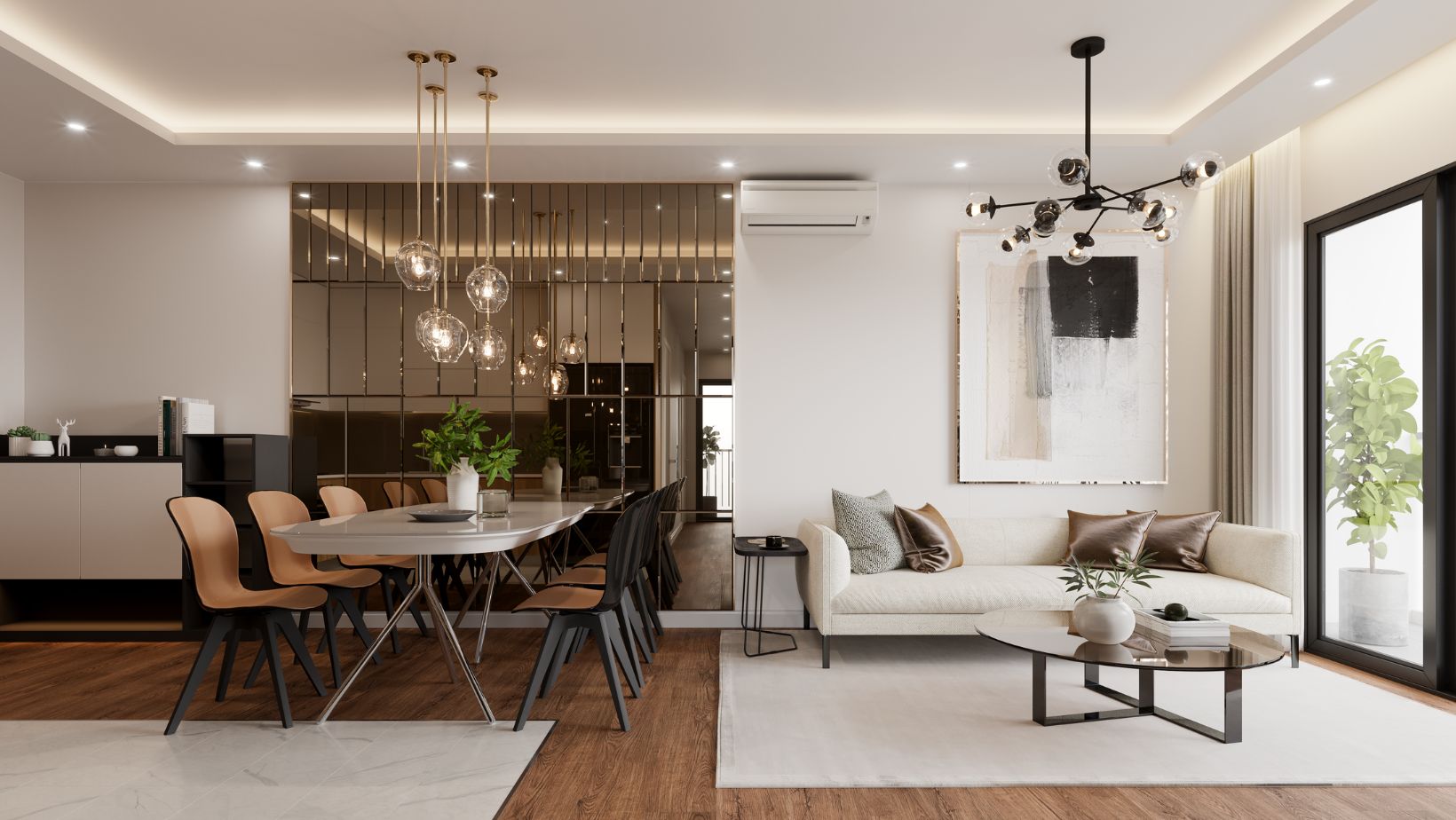
Imagine walking into an office that sparks creativity, fosters productivity, and encapsulates the company’s brand identity. That’s the power of thoughtful corporate office interior design. It’s not just about aesthetics; it’s about creating an environment that inspires and motivates.
In this digital age, businesses are recognizing the importance of their physical spaces. From tech startups to established corporations, everyone’s striving to create workplaces that not only attract top talent but also enhance their brand image. So, how can you design an office space that does all this and more? Let’s delve into the world of corporate office interior design and uncover its secrets.
Corporate Office Interior Design
It’s no secret that the design and layout of a corporate office directly affects employee productivity. Consider open-plan offices, for example. As opposed to traditional cubicle-based layouts, they promote ease of communication, foster collaborative energy, and often lead to higher levels of engagement. The addition of breakout spaces, designed for informal meetings or relaxation, can also contribute to stress reduction and improved employee well-being. Coupled with access to natural light and views, various studies suggest such features lead to a 15% increase in perceived well-being and a 6% rise in productivity.
Reflecting Company Culture and Values
 Corporate office design plays a significant role in displaying an organization’s culture and values. Think about the luxury fashion house, Chanel. Their London-based office design, complete with a signature black-and-white color scheme, mirrors their iconic branding. On the other hand, tech giant Google opt for vibrant and unconventional workspace designs that encourage creativity, underscoring their commitment to innovation.
Corporate office design plays a significant role in displaying an organization’s culture and values. Think about the luxury fashion house, Chanel. Their London-based office design, complete with a signature black-and-white color scheme, mirrors their iconic branding. On the other hand, tech giant Google opt for vibrant and unconventional workspace designs that encourage creativity, underscoring their commitment to innovation.
By intentionally translating values into physical spaces, businesses send powerful, tangible messages about what they stand for. This visual language exemplifies the essence of a company, influencing both internal stakeholders and any external individuals or groups that interact with the corporation. Therefore, corporate office interior design isn’t merely a matter of aesthetics; it articulates the organization’s identity in often profound and enduring ways.
Key Elements of Corporate Office Interior Design
In this section, I’m going to delve into the integral pieces that make up a compelling corporate office design. Remember, we exclude extraneous details and focus exclusively on their roles in crafting a work environment that encourages productivity and communicates brand identity.
Lighting and Acoustics
 First on the list is the combination of lighting and acoustics. These elements play a significant role in both the aesthetic appeal and functional aspects of corporate office design. Let’s consider an office space like Microsoft’s headquarters in Washington. The use of ample natural light, supplemented by strategically placed artificial lights, not only reduces eyestrain and boosts employee productivity, but also creates an inviting ambiance.
First on the list is the combination of lighting and acoustics. These elements play a significant role in both the aesthetic appeal and functional aspects of corporate office design. Let’s consider an office space like Microsoft’s headquarters in Washington. The use of ample natural light, supplemented by strategically placed artificial lights, not only reduces eyestrain and boosts employee productivity, but also creates an inviting ambiance.
Similarly, acoustics has its own role that’s often overlooked. Imagine an overbearing background noise or an overly quiet office – both can disrupt productivity. By planning for sound control in the design stage, like the incorporation of sound-absorbing materials in the Salesforce Towers, you promote an environment that’s conducive to focus and collaboration.
Furniture and Ergonomics
Next, consider furniture and ergonomics. No company wants its employees to leave work every day with aches and pains from poor quality furniture. Companies like Facebook provide adjustable desk chairs, standing desks, and even thoughtfully designed study desks to ensure employee comfort and wellness. By investing in ergonomic furniture, companies not only show they value their employees’ health, but they also increase productivity levels in the workplace.
Color Schemes and Branding
Finally, let’s discuss color schemes and branding. Colors have psychological effects – they can energize, inspire, relax or depress. Selecting the appropriate color scheme, like how Uber utilizes black and white with hints of color, contributes to the overall mood and vibe of the office.
Additionally, incorporating branding into the office design means more than just plastering the company’s logo everywhere. It’s about embodying a company’s culture, values, and identity into the physical space, subtly reinforcing these aspects to everyone who walks in.
